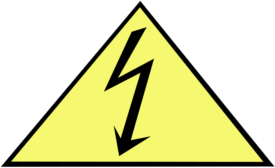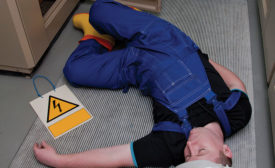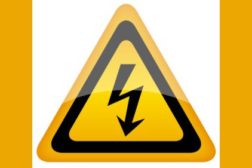Home » Keywords: » electrocution
Items Tagged with 'electrocution'
ARTICLES
Inspection finds company ignored hazard control procedures
Read More
Electrical Safety: A shockingly common hazard
Preventable tragedies show need for electrical safety
May 1, 2015
Become a Leader in Safety Culture
Build your knowledge with ISHN, covering key safety, health and industrial hygiene news, products, and trends.
JOIN TODAYCopyright ©2025. All Rights Reserved BNP Media.
Design, CMS, Hosting & Web Development :: ePublishing








